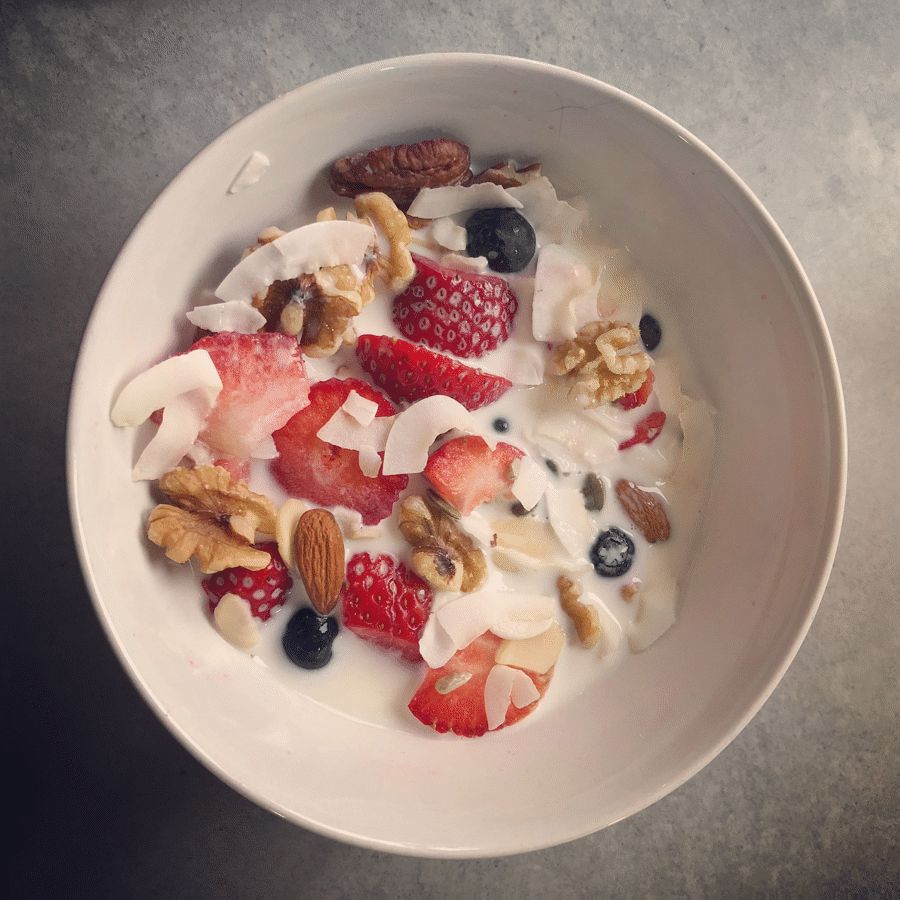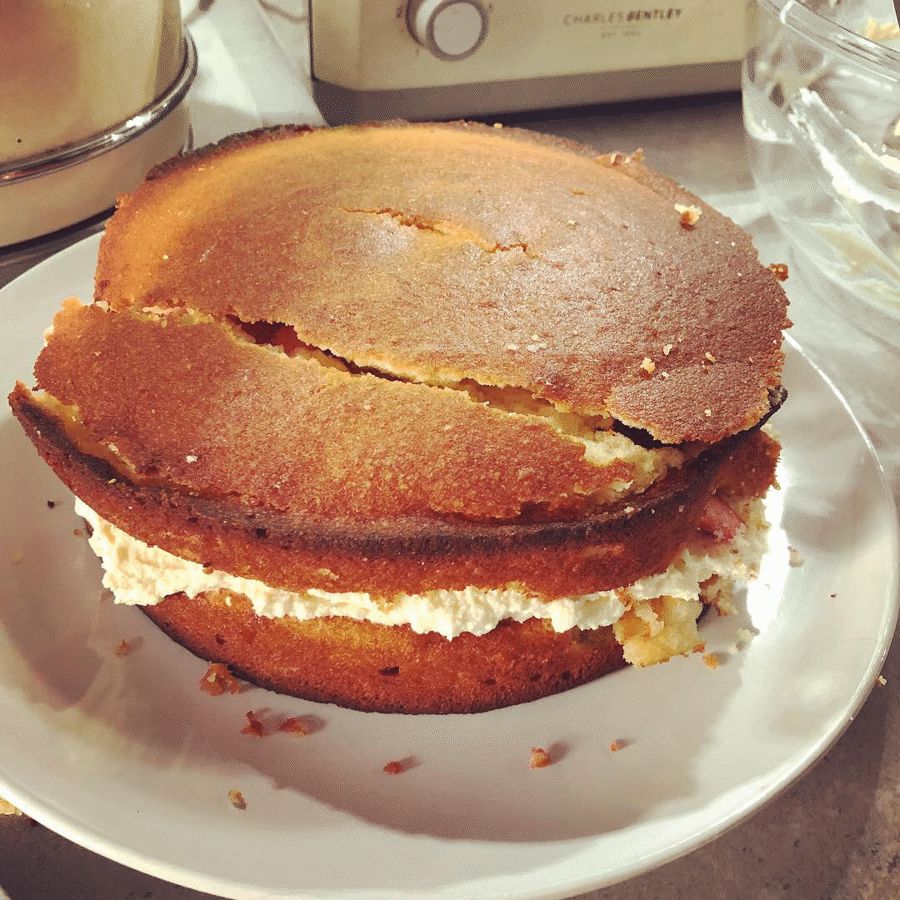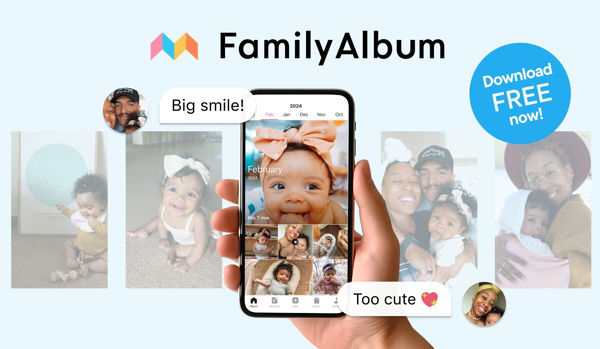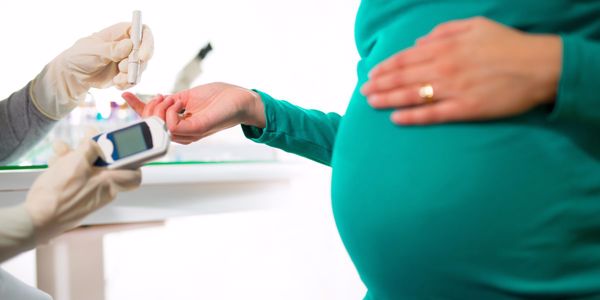'Tis the season to be… diabetic. Tra la la la la, la la la… shit.
I tested ‘borderline’ during my first pregnancy with Maddie and looking back I believe I should have been monitored and treated as though I had GD. I had persistent funny turns in the morning every day during pregnancy, an uncomfortable racing heart and a feeling as though I might faint. These episodes lasted 40 minutes at a time and were awful to experience on the train on my morning commute. It felt almost like a panic attack.
I endured a horrifically painful post-birth experience with my first, and it was only when I compared it to my second pregnancy on the GD diet and my second caesarean did I realise it was probably to do with my sugar levels.
I must have been battling some incredibly unstable blood glucose levels whilst on that operating table during my first birth. I felt proper peaky for hours afterwards – to put it mildly!

My GTT results
So here’s the science-y bit. Gestational diabetes is a result of increased hormones levels from the placenta, hormone levels that basically cause insulin resistance. The condition usually presents itself between weeks 24 and 28, and this is when hospitals will look to screen for the condition.
The NICE guidelines in England and Wales state that if a woman has gestational diabetes if she scores either:
- a fasting plasma glucose level of 5.6 mmol/litre or above or
- a 2-hour plasma glucose level of 7.8 mmol/litre or above
My results came in at 3.9 and 8.6.
The woman on the phone was friendly, but I was pretty horrified when she breezily dropped into our short conversation that there would be a 50% chance I’d go on to develop Type 2 Diabetes post-pregnancy. What a fucker of a statistic that is.
I was called back to the hospital within the week for a group workshop on the blood prick test, and the low down on what the condition meant for our pregnancies, our births, our diets, and our lives afterwards.
A group of us turned up for the afternoon’s course at the hospital. It was pretty clear we were all as bummed as each other at the prospect of being diabetic. Most of us had been starving ourselves since “the phone call” because none of us really knew what we were supposed to eat.
My results meant I could try managing my GD through diet. In any case, whether you’re prescribed insulin or metformin, it’s important to remember the same dietary rules apply.

I’m not going to lie, I found the NHS dietary support incredibly out of date once I’d compared it to the advice being shared over at sanity-saving website Gestational Diabetes UK and in their Facebook support group.
Call to action – IF YOU ARE diagnosed with GD, join the group, use the website. These ladies make a GD pregnancy easier, and safer.
Food during gestational diabetes
Living with gestational diabetes involves a huge dietary overhaul. Carbs and sugar are both ridiculously restricted. I had corn on the cob once, big mistake. Cereal for breakfast? Not happening. Bread? Forget it. Pasta? Potatoes? All a no-go in large amounts – and for some, any amount.

So what’s left, I hear you cry? Meat. Green veg (you probably won’t gI was pretty gutted to find out I’d failed my Glucose Tolerance Test, or the GTT if you want to be familiar with the lingo. You don’t though, by the way – want to be familiar, well, at least – not unless you have to be.
I was tested for gestational diabetes in my 28th week of pregnancy and when the test came back positive, I’ll admit, I sobbed. I was actually mid-piece of Dairy Milk when my mobile rang.
I’m a chocoholic by nature, and Billy was one hungry bump. I didn’t care much about food when I was pregnant with Maddie – it’s funny how different your own pregnancies can be.
I was classed ‘at risk’ due to diabetes in the family. Dad’s been a Type 2 for ten years or so now. On paper, he’s always been the opposite of Type 2, so it must be genetic. He did have a penchant for a Sherbet fountain though, now I come to think of it.
Borderline diabetes during the first pregnancy
Say goodbye to Eggs. Nuts. Cheese.

All of a sudden I hated nuts. I detested cheese. And I really do take umbrage to an egg on a good day. What THE FUCK was I supposed to eat for breakfast and lunch? Sandwiches were clearly off the menu, along with every other fucking item of food I enjoy.
Bearing in mind all of the don’ts of a pregnant woman’s diet on top of GD restrictions, you might find yourself wondering how you’re going to continue to sustain your pregnancy or indeed, even your own life, on such a limited diet.
Cheese? Make sure it’s pasteurised. Meat? Keep it safe. Eggs? Well – you know the score. These days you could go to town on eggs if you liked them, I suppose, but if you’re suffering from constipation during pregnancy, good luck with that one!
You have to be patient. It takes a little while to figure out which foods will work in your favour and which foods won’t. Everybody is different, and your tolerances will also change. GD becomes incredibly hard to manage during weeks 32 to 36 when women typically show insulin resistance, and like clockwork, my levels went haywire the day before I hit 32 weeks.
Pairing the right kind of foods

According to the Gestational Diabetes UK advice, the GD diet is all about pairing the right foods to get away with the riskier ones.
Want to treat yourself to a plain digestive biscuit? Pair it, if you will, with a slab of cheese, and you might get lucky.
Fancy a strawberry? Add in a shit load of (full-fat) cream (let it be said, there are some perks).
How to monitor your blood glucose levels during pregnancy
Welcome to the finger-pricking test!
The GluNeo blood glucose monitoring system was to be my faithful companion for the rest of my pregnancy, right up until I gave birth. It came with a Sharps bin for pins, a lancet to load the pins onto, and a tiny cylinder of strips used to absorb the blood.

I was told to measure my blood sugars four times a day. This is pretty typical of GD management. Four times a day you prick the side of your finger next to your nail with the lancet, drip a drop of blood onto a strip, insert the strip into the little black gadget, and wait for your results to show on the screen. Then, you have to record the numbers (absolutely no cheating!) in your book to keep track of your progress. This is in your baby’s best interests.
The times are as follows: on first waking, literally, before you get out of bed (managed to master the art of pinpricking in the dark so as not to disturb Jamie – heavily pregnant = you’ll be waking early most days, that’s if you sleep at all), and one-hour post breakfast, lunch and dinnertime. THE JOYS.
Top tip - it’s winter, so warm your finger or thumb up BEFORE you draw blood. I found I’d ping myself with this pin, and be so cold no blood would come to the surface. I’d stand with my hands on the radiator for five minutes at a time, desperately trying to get the blood back into my hands.
Top tip it’s also best to make sure you rotate the fingers and thumbs you choose to prick test each time. Over pricking one place can make your skin feel numb.
Managing gestational diabetes: diet v metformin v insulin?
The first week I was met with mixed results. It was hard. The diabetic midwife warned us to phone in after three high results. I scored over three highs a week but was told to keep ongoing.
My fasting reading became the most uncontrollable. Eventually, I discovered that a handful of almonds right before bed (fantastically annoying before you have to clean your teeth) and loads of water during the night (honestly it felt like self-waterboarding at times) kept my fasting reading consistently safe.
If you become unwell, it’s even harder to control your readings. I was put on antibiotics with a chest and sinus infection a month before my due date and my results went out the sodding window, no matter whatever I ate.
I kept in touch with the hospital via email and phone and I was proactive about this. I felt my results were too high, too often.
It depends on the individual hospital/healthcare trust as to when they make the call to introduce medication. I felt as though others in the FB support group were doing better than me results-wise, but were still prescribed metformin.
I shared my weekly results in the group a couple of times, and even the admin of the site intervened to recommend I ask for medication to control the highs. The hospital reviewed my results, but again, told me to continue with dietary management. I was glad not to be put on medication, but I did wonder why. I wished I’d asked more questions.
Your Baby Club and Center Parcs are giving you a chance to win a family break in a Woodland Lodge at a UK Center Parcs village of your choice.
The importance of colostrum harvesting in GD pregnancies
I started colostrum harvesting the week or two before my planned C-section.
Colostrum harvesting is the collection of your milk (called colostrum at this point as it comes out all sticky and yellow at first) through massage. You collect it in tiny, syringes given to you by the hospital. Any colostrum is then stored in the freezer until your baby’s born.
GD babies are called ‘sugar babies’ and once born, their sugars are tested and put right. Colostrum is the best way to regulate any sugars that might find themselves out of whack.
I pretty much failed at extracting anything by hand, so exasperated, I did the thing they tell you not to do – I pumped. I unwrapped my Elvie and I was all systems go – the pump was brilliant at extracting the golden nectar, but it gave me the most awful Braxton Hicks.
It’s a long old road
Gestational diabetes really is a long road, and ultimately one that determined the way I birthed my second baby. I was advised to have a C-section by 38 weeks. I had been painstakingly debating a V-bac but for me, I felt my choice was then made for me. I was pretty relieved with that, to be honest. I was happy to take their advice, and all was well, and my sugar baby was born completely healthy.
Every meal and every morsel has to be thought through and carefully planned. It’s made me look at food in a different light. It’s incredible the amount of sugar we’re eating and most of us are completely clueless.
Don’t get me wrong, I fell off the wagon attempting to pair a few Cadbury’s Mini Eggs with almonds a couple of times, and as a result, I felt dreadful for the best part of an hour… It wasn’t worth it.
If you’ve been diagnosed with GD right before Christmas, you have my utmost sympathy. This has to be THE WORST time to process the diagnosis and switch diets. There is CHOCOLATE EVERYWHERE! You’re pregnant too, so you’ll no doubt be at your most hungry.
Pack two hospital bags, one for the baby stuff, and one for your chocolate.
Buy your Lindt Father Christmasses and your selection boxes in bulk and pack them inside. Perhaps use a case with the lock give your husband the key (just in case).
As soon as baby’s born and your placenta is out, your GD is GONE! Congratulations – you’ve done it.
Merry Christmas and a very Happy New Year!









